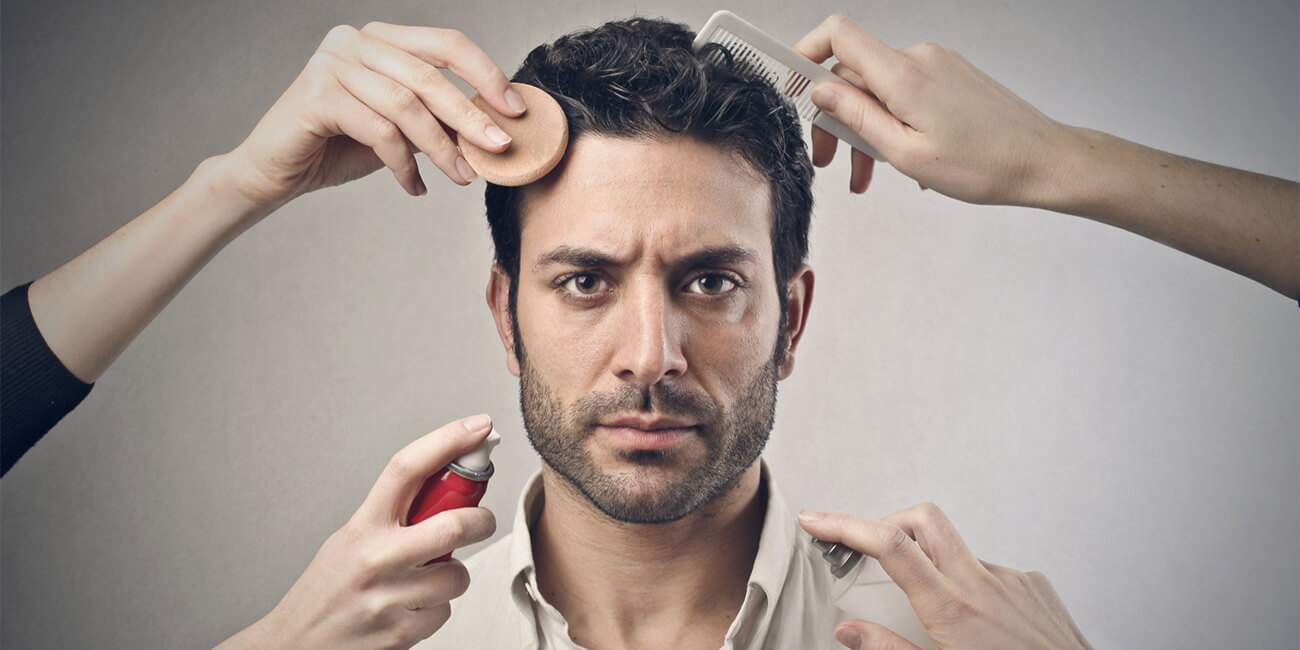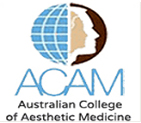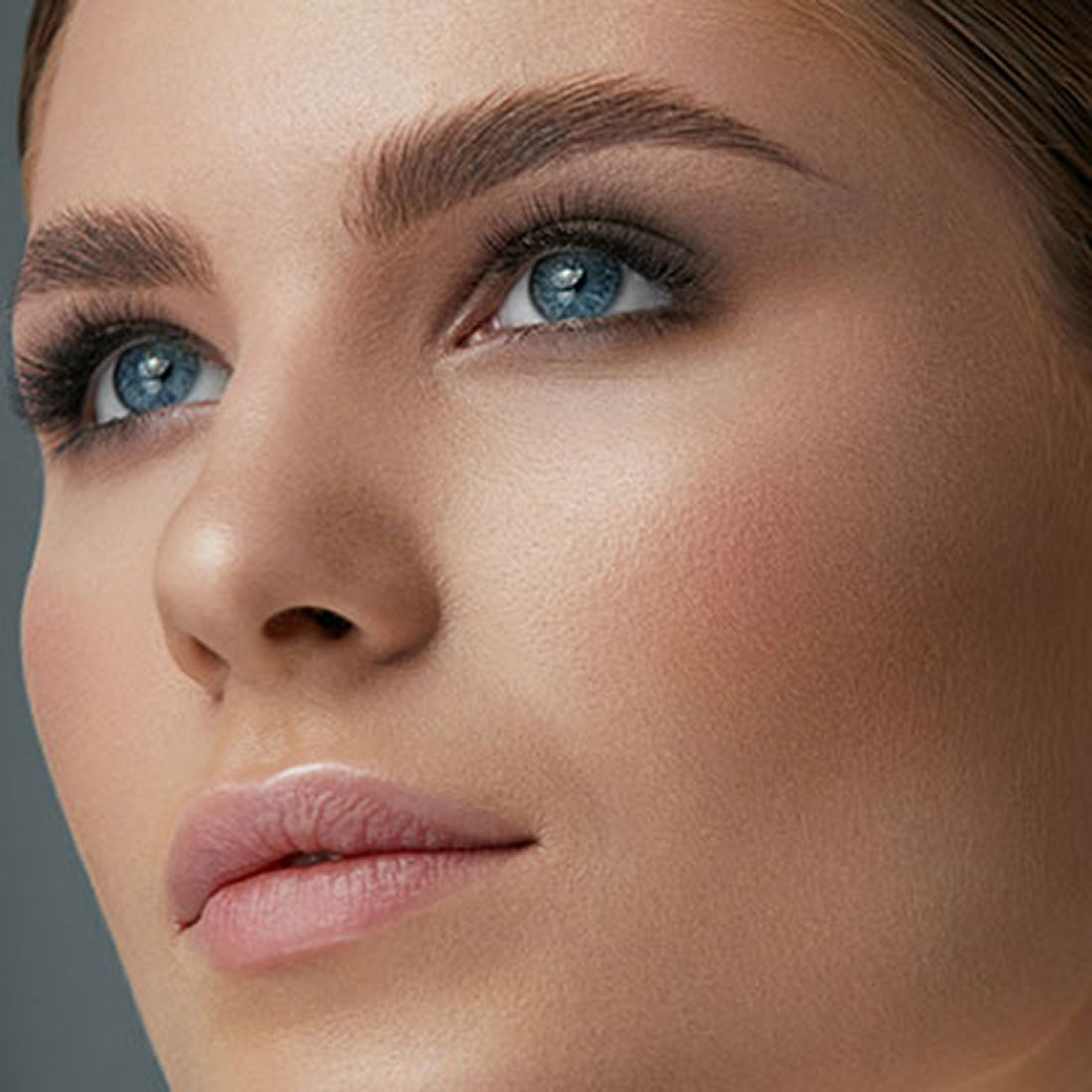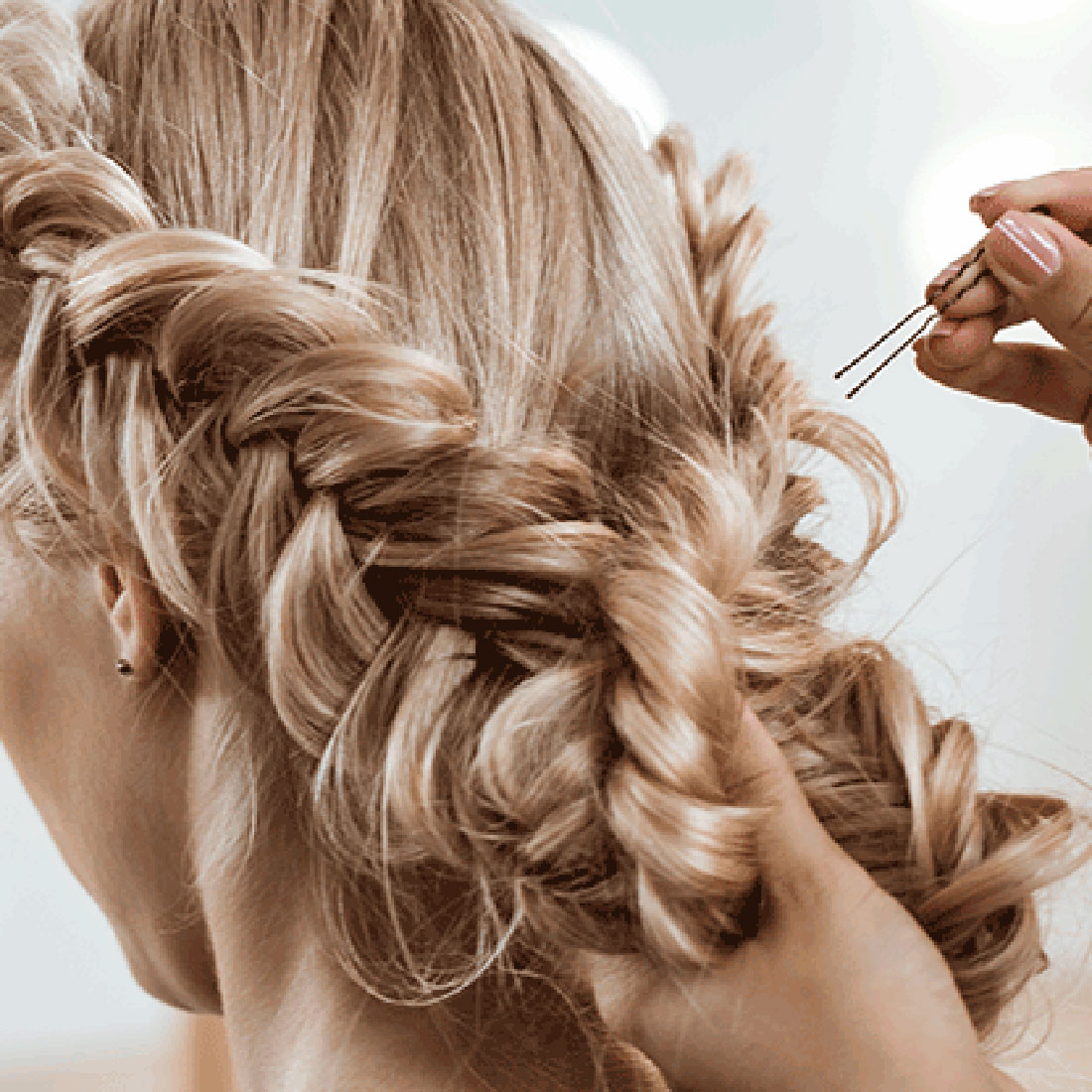
What to Do the Week Before Your Hair Transplant Surgery
Preparing for surgery will allow you to feel more comfortable, and will also ensure that you’re in the best condition to have the procedure completed. This advice applies to all of our patients who are getting ready to start surgery at Nowigs.
Some foods, beverages, and medications can cause increased bleeding during the surgery. For a week before your transplant, please avoid alcohol, NSAIDs like Aspirin and Ibuprofen, supplements like vitamins, herbs, and minerals, and don’t take Regaine (Minoxidil) if you’ve been using it up to this point. In our pre-surgery consultation, we’ll discuss your current medications and hair loss treatment drugs, and provide specific advice based on what you are using. You’ll also need to let us know about any medical conditions or allergies that you have. Recreational drugs of any kind must be avoided before and after surgery.
Smoking will not have any impact on your surgery, so we don’t provide any specific advice about abstaining before or after surgery. While we recognise the health consequences of tobacco smoke and do not promote smoking, any suddenabstinence before surgery may cause cravings or other psychological complications.
Wear loose fitting clothes and a button up shirt for the surgery. Don’t wear any garments that need to be removed over your head. You may also wish to wear a head covering after the surgery. This is OK, but tight fitting caps and beanies are not allowed. These can stick and damage your new grafts. A loose baseball cap or other loose fitting headwear can be used, and we’ll let you know if there are any problems with what you’ve brought in.
If you’re feeling any anxiety, need reassurance, or simply want to ask some question in the lead up to your hair transplant surgery, please contact us whenever you need to.
The Hair Transplantation Surgical Procedure
Having a hair transplant is a minor surgery that can be performed when you’re fully conscious. We’ll use local anaesthetic to minimise any pain and discomfort around the areas where extraction and grafting is being performed. You can eat and drink before your surgery, and we recommend that you eat as normal to avoid any hunger or discomfort during the procedure.
The consultation phase will be especially important. We’ll find out how much you know and understand about how transplants, and will provide you additional information and answer all of your questions. We’ll tell you about our obligations and the industry practicing standards that we adhere to, and we also invite you to tell us about any requirements that you may have. We will take photos before and after surgery, but will only record the areas that will be included in the surgery. We may use these as examples in other consultations, and you can take confidence knowing that they are not personally identifiable. If you object to sharing your photos, please let us know.
The two methods we focus on at Nowigsare strip FUT and follicular unit extraction FUE. Using the FUT method, we will remove small sections of skin with a surgical incision. Individual follicles will then be extracted from these samples. There is some stitching involved when using the FUT process.
FUE is similar in nature, with the difference being that each follicle unit is extracted individually. This means that there are no incisions from the donor area, and only small punch marks are made. The method for grafting the hair is the same for both procedures, and we’ll use a micro needle to create space for the grafting.
Anaesthetic means that you won’t feel a lot of the work that goes on, but you may feel some numbness or dull sensations throughout the procedure. During the procedure, let us know if you’re experience significant pain, and we’ll be able to take steps to increase your comfort.
Anaesthetic will generally last for around 4 hours. After this time, you will feel some general soreness around the areas of extraction and around the new follicle grafts. This pain won’t be severe, and we recommend paracetamol to treat it. None of the incisions or punctures during surgical transplants are excessive, which helps to make the process relatively pain-free when compared to other types of surgery. Note that you will experience tenderness, swelling, and some bruising around the treated areas. This is a normal reaction and it won’t persist for more than a few days.
Caring for your grafts after surgery will be essential to ensuring the best results. You don’t want to lose these donor follicles, so make sure that you do not scratch or rub your scalp, even as crusting forms around the new grafts. After two days you’ll be able to wet your hair, but not wash it. The superficial crust will be removed and you’ll notice some pinkness skin around the treated areas.
As your grafts fully incorporate to their new home on your head, the tiny hair fibre will be shed. Don’t worry; this is normal and expected. After around three months you will notice new growth, which will then continue to grow at a normal rate. If implants are being grafted in an area where you already have some hair, you may also notice that hair falls out shortly after surgery. This is again normal and expected, and hair from hair will regrow.
Please be aware that there is always a risk of infection with any surgery. This occurs in roughly 1% of all surgical cases. Contact us at any time if you have concerns following your procedure. 12 months after the procedure, we’ll have our follow consultation to track your progress.
All of this information and more specific information will be available to you in the lead up to your surgery, including any specific information related to your situation.
Call Us At: (07) 3350 1625







